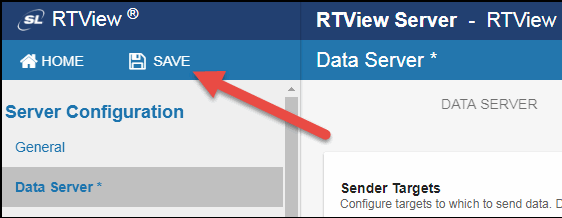RTView DataServer for Oracle - Installation and Setup
This document describes how to install the RTView DataServer for Oracle for use with RTView© Enterprise, how to configure the Data Server including defining the connection information for each solution package, how to add historian database connections, how to add connections to RTViewCentral, and how to verify that your setup is working properly in RTView Enterprise.
Tip: For information regarding the overall RTView DataServer architecture as well as how to set up security for the related RTView processes, see DataServer and DataCollector Architecture.
Tip: If you are interested in setting up High Availability (failover) for your DataServer, review Configuring High Availability for DataServer Deliverables prior to starting this flow.
Tip: In addition to using the RTView Configuration Application for configuring your Oracle connections, you can use the Property Editor REST API to import initial connections or automate connection updates. See Property Editor REST API for more information.
Before You Get Started
This flow assumes that you have already downloaded, installed, and have RTViewCentral servers up and running. Additionally:
- You must be installing on a system consistent with the System Requirements.
- You must have Java installed and you should know the installation directory path.
- If you are upgrading to a new version of the DataServer, review the Upgrade Instructions to see if there are any additional steps required.
- You should know the correct full path to the directory containing the jar files for each of your solution packages.
- You should know the connection settings for your solution packages:
Oracle Coherence connections: The configuration required to use this solution package cannot be set up via the RTView Configuration Application. See the rtvapm/ocmon/conf/sample.properties file for information on configuring this solution package.
Oracle Database connections: Connection Name, Connection Type (RAC/Standard/XE), URL for the connection type, and username/password (if defined).
Connector for Oracle Enterprise Manager connections: The configuration required to use this solution package cannot be set up via the RTView Configuration Application. See the rtvapm/oemcon/conf/sample.properties file for information on configuring this solution package.
Oracle WebLogic connections: Connection Name, URL/path to the JMX connection of the WebLogic Server to which you want to connect, username/password used to connect (if defined), java.class.path (path to the wlfullclient.jar and webserviceclient.jar files, java.remote.provider.protocol.pkgs key, java.naming.security.principal (JMX username), java.naming.security.credentials (JMX password), and the name and value of any additional properties you would like to monitor for your WebLogic Servers.
Registration
When you install the DataServer, a temporary license key is included. SL Corporation will send you a permanent key that you will need to add to your RTView license key file so that you can extend the operation of your monitoring system.
This is a universal key that will enable you to run RTView on different machines and platforms. It is your responsibility to ensure you use RTView within the terms of your End User License Agreement (EULA).
To update your RTView system with your new license key, open a command window and:
- Navigate to RTViewDataServerOracle/rtvapm/rtview/lib.
- Edit the KEYS file using a text editor.
- Copy/paste the new replacement key to the file.
- Save the KEYS file.
Installing and Starting the RTView DataServer for Oracle
Extract All (Windows)/unzip (UNIX/Linux) the file to the directory of your choice. For UNIX/Linux, use unzip -a to unzip the file.
Note: Do not include spaces in your installation directory path. Most scripts will not function properly if spaces are included in the installation directory path.
Open a command window and set the JAVA_HOME environment variable to point to your Java Installation. For example:
export JAVA_HOME=/opt/java/jdk1.8.0_201 (UNIX/Linux)
set JAVA_HOME=C:\Program Files (x86)\Java\jre1.8.0_201 (Windows)
In the command window, navigate to the RTViewDataServerOracle directory and type:
start_server.bat (Windows)
./start_server.sh (UNIX/Linux)
Tip: In Windows, you can set JAVA_HOME as an environment variable (in Control Panel>System>Advanced system settings), where it will then be used by all command windows and when you double-click on a .bat file. You then have the option to double-click on start_server (Windows Batch File) in the RTViewDataServerKafka directory instead of opening a command window.
Note: The start_server script starts the Data Server on port 3278 with HTML Server (Eclipse Jetty, by default) on port 3270. If these ports conflict with other processes running on your system, you can change the first two digits of the ports by using -portprefix: and specifying the first two digits you want to use for the ports in the command line. For example: start_server.bat -portprefix:44(which would change the ports to 4478 for the Data Server and 4470 for HTML Server). If you want to save your port prefix, you can change the port prefix in the RTView Configuration Application (see the next section), or you can use -saveportprefix: command line argument (for example: start_server.bat -portprefix:44 -saveportprefix ).
Access the RTView Configuration Application
Open a browser and type:
http://localhost:3270/rtvadmin OR http://<IP address>:3270/rtvadmin (for a remote installation using Eclipse Jetty)
Note: If you specified a different port at startup (due to a port conflict), you must use the port you specified in the command line. For example, if you specified 44 as your port prefix in the command line at startup, then you would use: http(s)://<IP address>:4470/rtvadmin
The Authentication required dialog displays.

Log in using rtvadmin/rtvadmin as the username/password.
The RTView Configuration Application displays.
- Click RTView DataServer for Oracle.
The RTView Configuration Application displays with the Generaltab open.
Note: As previously mentioned, if you modified the port at startup, you should modify the port prefix so that you do not need to specify the port on the command line every time you run the startup script. To do so, navigate to Server Configuration > General > General Tab > Ports > Port Prefix and define a new port prefix. If you change the Port Prefix to 44 then, after saving your changes and restarting your data server, you would access the RTView Configuration Application for the RTView DataServer for Infrastructure using the following URL: http(s)://localhost:4470/rtvadmin (instead of the default http(s)://localhost:3270/rtvadmin URL)
Configuring Solution Packages
Next, you need to specify the directory path to any required external .jar files and you need to create your connections for the each of your solution packages.
Under Solution Package Configuration, select the desired solution package you want to configure. See the links below to view the steps required to set up the configuration for the solution package:
Data Cache: No configuration necessary.
Oracle Coherence: Configuration cannot be set up via the RTView Configuration Application. See the rtvapm/ocmon/conf/sample.properties file for information on configuring this solution package.
Oracle Enterprise Manager: Configuration cannot be set up via the RTView Configuration Application. See the rtvapm/oemcon/conf/sample.properties file for information on configuring this solution package.
Optional Configuration
You can create a Historian Database Connection and configure the historian settings. See the link below for more information:
Configuring the Historian Database (Optional)
Alerts are configured in the RTViewCentral Server.
Enable Alerts and Set Thresholds
Connecting Your Data Server to Central Servers
Next, you need to connect your data server to the RTView Enterprise Central Servers. To do so:
Click Server Configuration > EM Integration .
The EM INTEGRATION tab displays.
- Click theIntegrate with Enterprise Monitortoggle.
The following fields display:
| Field Name | Description |
| Central Server Connection |
Specify the URL to be used to connect to your RTView Enterprise Central Server. By default, a local connection is defined ( localhost:10018 ) and does not need to be modified if your Central Server and Data Server are on the same machine. If they are on different machines, enter the URL containing IP address and port like so: <IP address>:10018 . If you have configured RTViewCentral for high availability, enter the HA URL like so: primaryhost:10018,backuphost:10018 . |
| RTView Data Server Connection |
Specify the URL that the RTView Enterprise Central Server should use for connecting to this RTView Data Server. The default value is the internal IP address. If the Central Server cannot access the internal IP address, then you must modify this value to use the external IP address. If you have configured this RTViewDataServer for high availability, enter the HA URL like so: primaryhost:3278,backuphost:3278 . |
| RTView Data Server Query URL |
Specify the URL that the RTView Central Server HTML user interface should use to query data from this RTView Data Server. The default value uses the internal IP address. If all browser clients cannot access the internal IP address for this system, you must change this value to use the external IP address or deploy the rtvquery servlet to an application server on an accessible system and you should specify that value in this field. |
| RTView Data Server Name |
Define the name of the data server that you want to display in RTView Enterprise . Modifying the default name in this field is optional. However, for our example, enter Oracle_Data_Server so that we can verify our change in our verification section later in this document. Note: You can only enter alphanumeric characters, underbars, and dashes in the data server name. |
| CITypes to Exclude |
The CI Types, if any, that you want to exclude from the Service Model in the Central Server. If not specified, all CI Types for the configured solution packages are included in the Service Model. To select the CI Types you want to exclude, click the associated |
| Send Connection Information To Enterprise Monitor |
By default, the associated Announce this RTView Data Server to the Central Server toggle is selected, which will automatically connect the data server to RTView Central. If you do not want to automatically connect the data server to RTView Central, deselect this toggle. If deselected, you must define the connection from RTView Central to this data server in the RTView Central Configuration Application. |
Environment Variable Alternatives
| Field Name | Description | Example |
| Integrate with Enterprise Monitor |
RTVDS_INTEGRATEENABLED |
RTVDS_INTEGRATEENABLED=1 |
| Central Server Connection |
RTVDS_CENTRALURL |
RTVDS_CENTRALURL=RTViewCentralHost:10018 |
| RTView Data Server Connection |
RTVDS_URL |
RTVDS_URL=myhost:3278 |
| RTView Data Server Query URL |
RTVDS_QUERYURL |
RTVDS_QUERYURL=http://myhost:3270/rtvquery |
| RTView Data Server Name |
RTVDS_NAME |
RTVDS_NAME=ORCLMON_LOCAL |
| CITypes to Exclude |
RTVDS_CITYPESTOEXCLUDE |
RTVDS_ CITYPESTOEXCLUDE=OC-CACHE,OC-CLUSTER |
| Send Connection Information To Enterprise Monitor |
RTVDS_ANNUNCIATEENABLED |
RTVDS_ANNUNCIATEENABLED=1 |
Saving and Restarting Your Changes
Once you have created all of your connections, click the SAVE button in the RTView Configuration Application.
For your changes to go into effect, restart the server by clicking  button in the upper right-hand corner.
button in the upper right-hand corner.
Alternatively, you can restart from your installation directory by typing the following in your command window:
stop_server.bat (Windows)
./stop_server.sh (UNIX/Linux)
start_server.bat (Windows)
./start_server.sh (UNIX/Linux)
Verifying Your Setup
Once you have set up your connections for your data server, you can verify your setup by accessing the following URL:
http(s)://localhost:3270/common
The RTView Cache Viewer application displays, which allows you to view the details for the caches that are collecting data.
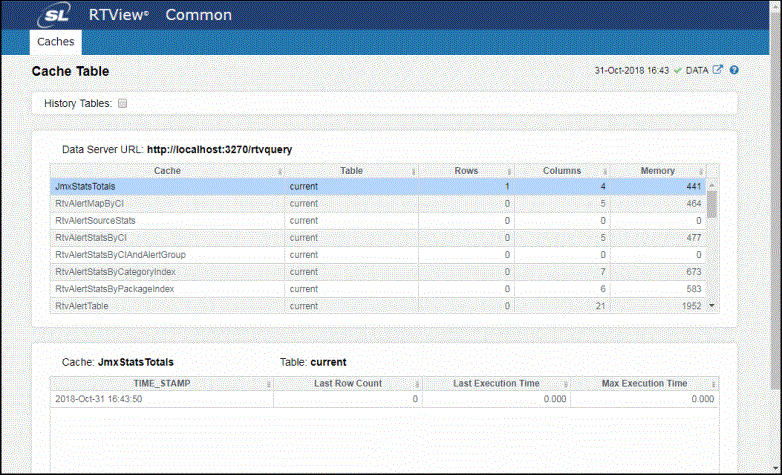
Logging
By default log files are written to a logs directory under the project directory where a process is started, such as projects/rtview-server/logs. The log file name and location relative to the startup directory can be changed in the Configuration Application in the Data Server tab.
By default messages are appended to any existing logs/X.log file (where X is "dataserver", or "historian", etc depending on the name of the server) until it reaches a size of 50MB. Then it is renamed to X.log.N (where N = 1 - 9) and a new empty X.log file is created. So at any time the logs directory may contain X.log (newest, up to 50MB in size), and X.log.N where N = 1 - 9, each approx 50 MB, where 1 is the oldest and 9 is the newest. Once N = 9 is reached, on the next rollover X.log.1 is deleted and each remaining X.log.N is renamed to X.log.N-1.
The logging in RTView© Enterprise utilizes Log4j2, and users familiar with Log4j2 can configure the default logging behavior by editing the logging properties file available at projects/sl.log4j.properties. Refer to the Apache Log4j documentation for more information on configuring Log4j.
Warning! Configuration changes should be restricted to projects/sl.log4j.propertiesThe backup log4j properties file at rtvapm/common/conf/sl.log4j.properties should never be edited.
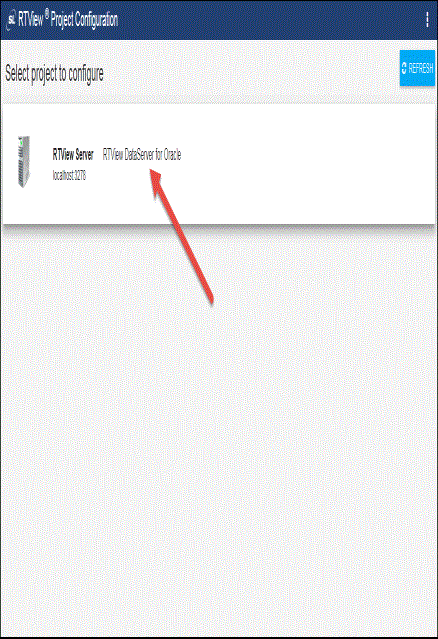
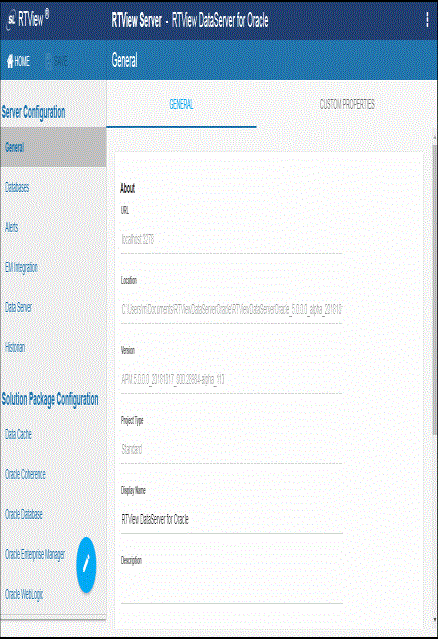
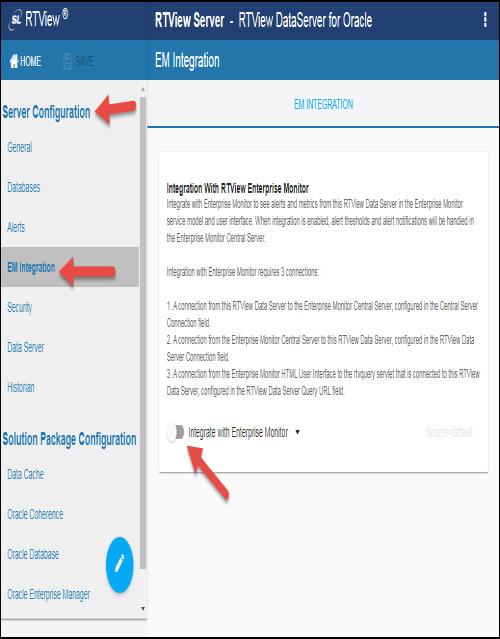
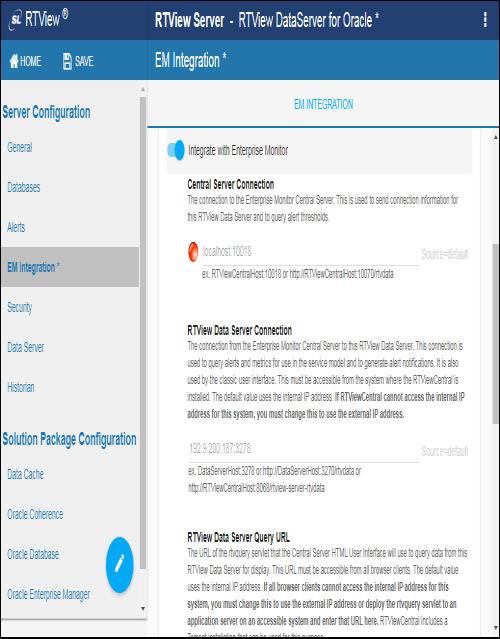
 button to display the CI Types to Exclude dialog, select the desired CI Types, and click OK .
button to display the CI Types to Exclude dialog, select the desired CI Types, and click OK . 